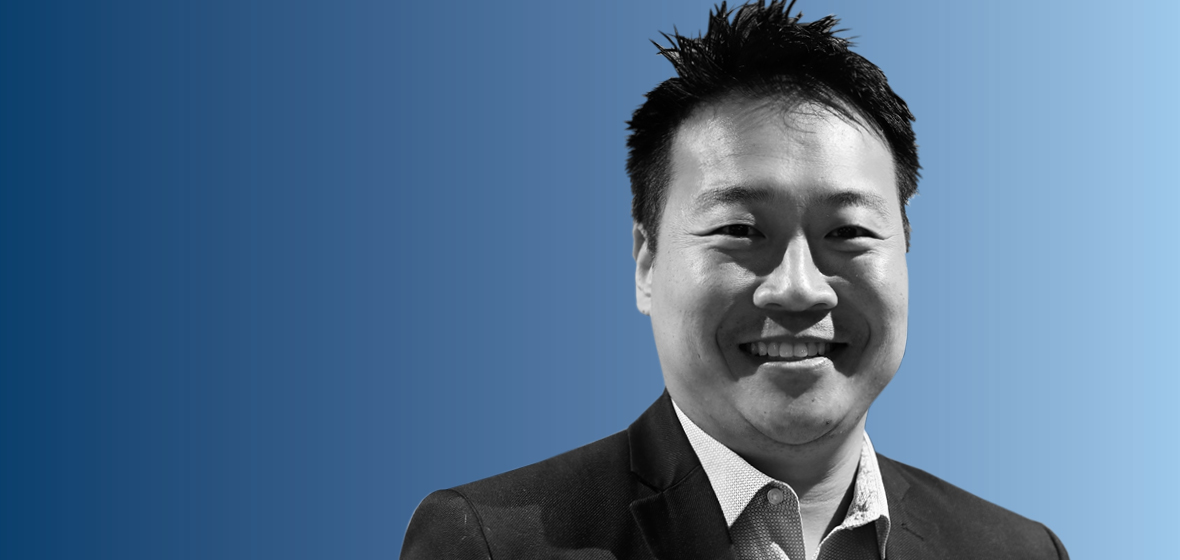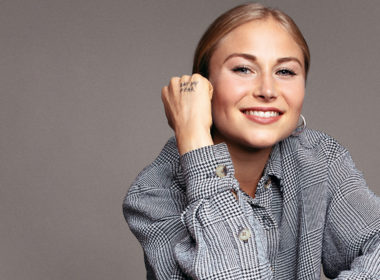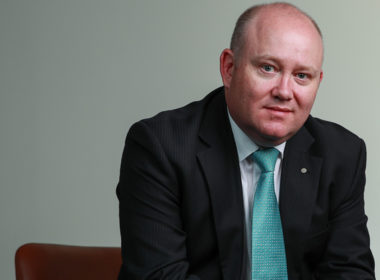The last 12 months have been immensely challenging for all Australians. LSJ looks beyond the legal profession to unearth valuable leadership lessons from those shining through the mire.
DANNY HUI: Founder of the Sameview app, engineer, father
Danny Hui’s son Monty has dreams just like every other child. To go to school, try new things and play tennis with his friends.
But when his family encountered difficulty juggling appointments and retelling the same story to the dozens of specialists and therapists involved with Monty, who as a baby was diagnosed with the rare disease ponto cerebellar hypoplasia, Hui quit his job to master his own solution. He developed a web-based app, Sameview, to bring everyone onto the same page.
“Monty has got close to 40 people in his life: different doctors and therapists and support workers. He’s at school now, so teachers as well, and every one of these people is very important to him achieving his goals,” Hui, who is also dad to Hayley, 12, and Theodore, 10, tells LSJ.
“The hard thing is you need all of those people to work together … and there is very little communication between support providers. And we [Hui and his wife Jess] found that really difficult as parents, particularly when you are at the start of the journey post-diagnosis. In the care space, the burden really falls to families.”
With a background in engineering and specialising in emergency management, Hui has seen the best of people when they unite and step up in times of crisis.
“If there’s a big storm, or some sort of natural disaster, people from different disciplines and sectors can work together really well. And one night in 2016, [Jess, a fellow engineer, and I] talked about sort of how hard it was to coordinate our care,” he says.
“And we just wondered, could that coming together happen in people’s personal lives as well? The idea grew from that. The premise was: could we use technology to bring teamwork into disability care?
“I really liked building things. I think that that’s always been a constant in my life. But one thing I’ve really grown to love, and I think I actually missed in my previous career as an engineer, is working closely with people. That’s what really drives us every day. My favourite part of the day is when I get to talk to the families we support or the providers we work with.”
Unlike My Health Record – the Australian Government platform with a clinical focus – Sameview is more holistic and practical; it stores health and personal information that enables the patient, family and service providers to all connect, and share progress and goals.
“With a child, therapists can actually collaborate and work together. They can see what you’re working on with one therapist, then think of ways to compliment that work in their own sessions. We see this really helping people to implement what they learn in a clinical setting into their own home environment,” Hui says.
“I really liked building things. I think that’s always been a constant in my life. But one thing I’ve really grown to love – and I actually missed this a little bit initially – is working with people. That’s what really drives us every day. My favourite part of the day is when I get to talk to the families we support or the providers we work with.”
When described as an entrepreneurial leader, Hui has no hesitation in saying he never imagined a career like this.
“To me, what’s really exciting are the outcomes that we can see families achieving, just with a little bit of help, and mostly their own very hard, hard work,” he says.
“And I think that sort of fuels the entrepreneurship side of things [for me]. I wouldn’t say I’m someone that is always thinking about starting businesses and working in start-ups or anything like that.”
Hui admits devising a name that could be catchy yet encompassing was an early challenge.
“I hate coming up with names. My only rule was that it could not be one of those companies that misspell a word on purpose. I couldn’t live with myself if I did that,” he says.
Once the app received some early funding from the NSW Government, the Cerebral Palsy Alliance and corporate organisations like Optus, Hui began building a business model that would be sustainable but not sway from his moral compass: families in similar situations to his own must be able to access it.
“We got it out as a free product, but we didn’t know how to charge for it. We didn’t know how to exist in that ecosystem. From a personal point of view, our motivation is really to support families, and working out how to charge people was quite tricky,” he says.
“We wanted it to be priced in line with everyday consumer products and expectations. We found a way to exist like that. Since then, we’ve been growing steadily and really quickly this year.”
Hui acknowledges that, sadly, he is a rarity in that, as a husband and father, he is a joint primary carer for his family.
“If you look at census data, as well as data from the NDIS, the carer space is especially overrepresented by women. The statistics are quite staggering,” he says.
“But we also often hear from the other person who is working full time and they want to be more involved too, and they miss out on knowing what to do and they say, ‘I want to help my child, but when I come home in the evening it’s a really difficult conversation, because everyone is tired, and it’s stressful to try to update each other on everything that’s happened.’
“But [sharing] has been very important to us. To be fair, we’ve always been that way. We just do everything equally.”
Changing his work commitments also gave Hui the freedom to bring his idea to fruition.
“Because we’d already changed our own living circumstances and work circumstances [post Monty’s diagnosis] so that my wife and I could both equally share appointments and care, and our workloads,” he says.
“I started working part time and we split everything up equally. And I thought, well, maybe I could have a couple of days a week where I could work on this, and it could get somewhere.
“The problem with that was I couldn’t make any progress working on an initiative like this part time. I really needed to put all of my thinking and my brain into it.”
The app continues to grow with around 1,600 users across Australia and New Zealand. Last year, Hui was a winner in the 40 under 40 Most Influential Asian-Australians awards in the not-for-profit category.
However, the achievements by the young people he has helped bring a bigger smile to his face than professional accolades.
“It’s pretty special to be able to see something that’s real as yours,” he says.
“I think some of our favourite moments are just moments when other families tell us, ‘Hey, we just had this great result from using it’.
“I remember a few years ago, we got our first call from an educational therapist that told us they believed there was a real young girl that had achieved a certain, tiny little developmental milestone. They believe she achieved it a little bit quicker with our help because we had bridged that gap. Those little stories give us everything we need to just keep going.
“We meet so many families like ours, lots of families have multiple kids they’re caring for all with different teams. I don’t know how you could survive without good teamwork, you know?”




